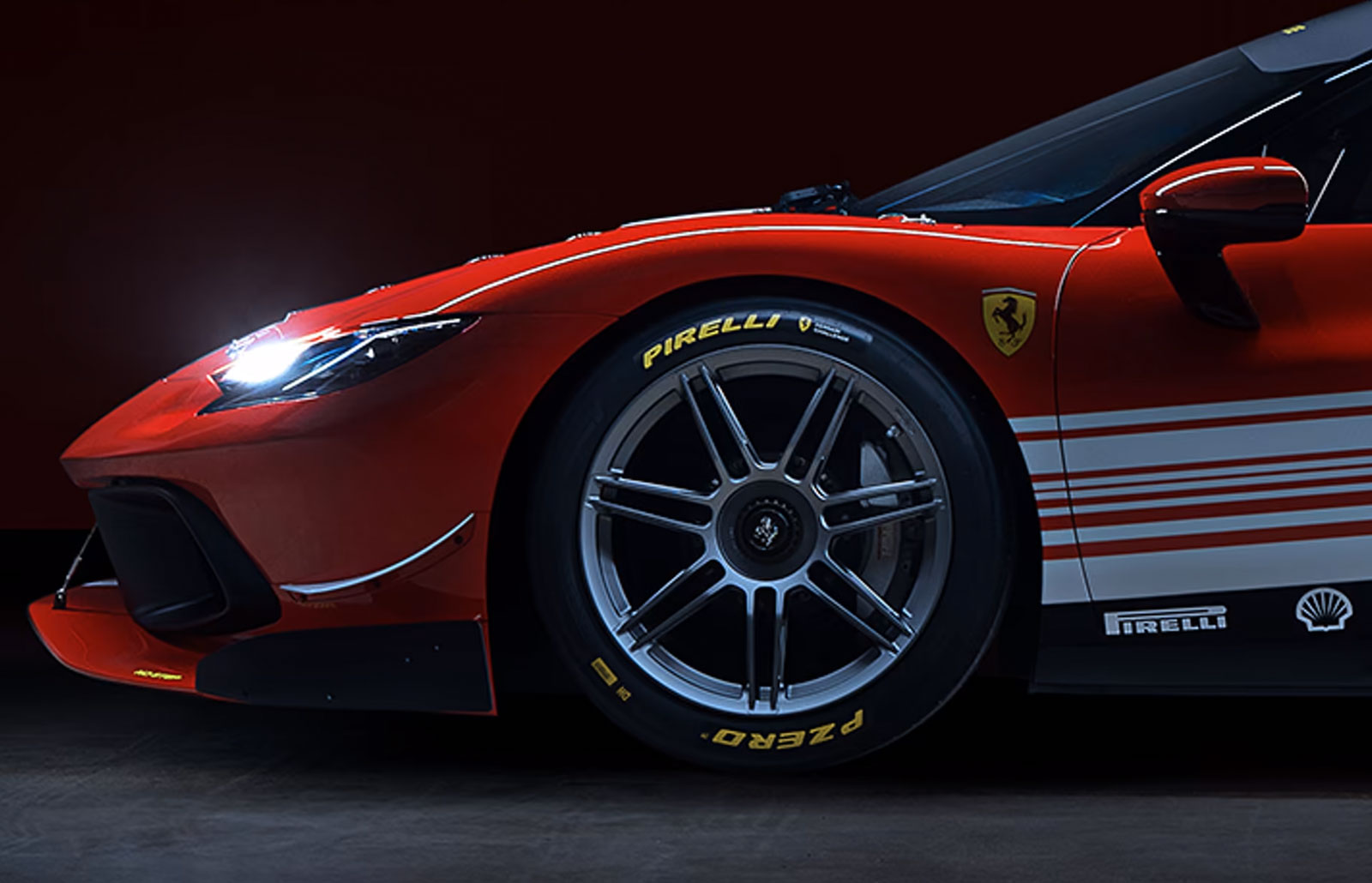
When it comes to motorsport, there’s something uniquely captivating about GT cars. With their sleek designs, roaring engines, and incredible speed, GT cars represent the pinnacle of engineering and performance. These machines aren’t just built for speed—they’re built to dominate the track, combining power, precision, and endurance in one package.
Whether you’re new to GT racing or a seasoned fan, this guide will take you through what makes these cars so special and why they continue to captivate motorsport enthusiasts around the world.
What Are GT Cars?
GT stands for Gran Turismo (Grand Touring), and GT cars are high-performance race cars based on production models. Unlike Formula 1 cars, which are built purely for racing, GT cars have their roots in street-legal supercars. They’re designed for long-distance endurance racing, meaning they need to be fast, reliable, and capable of handling the rigors of extended time on the track.
In racing, you’ll find two main classes of GT cars: GT3 and GT4.
- GT3 Cars: These are the more powerful, highly tuned versions of production cars. GT3 cars are known for their aggressive aerodynamics, advanced electronics, and powerful engines. Despite their incredible speed, GT3 cars must adhere to the Balance of Performance (BoP) regulations, which are designed to keep the competition fair by limiting horsepower or adding weight to faster cars.
- GT4 Cars: GT4 cars are closer to their road-going counterparts, with fewer modifications than GT3 cars. While still incredibly fast, they’re more affordable and designed for amateur drivers or teams on a budget, making them a popular entry point into GT racing.
Iconic GT Manufacturers
Part of what makes GT racing so exciting is the incredible variety of cars on the grid. The world’s top manufacturers bring their best machines to the competition, and fans love seeing the performance of legendary brands like:
- Ferrari: Known for their precision engineering and passion for speed, Ferrari’s GT cars, like the 488 GT3, are renowned for their agility and acceleration. Ferrari is synonymous with performance and luxury, making their presence on the track a huge draw.
- Porsche: The Porsche 911 GT3 R is one of the most iconic GT race cars, known for its balance, handling, and reliability. Porsche has a long history of success in endurance racing, and their GT cars are built for both speed and stamina.
- Mercedes-AMG: The Mercedes-AMG GT3 is a beast of a car, known for its power and straight-line speed. It’s a fan favorite for its aggressive looks and roaring V8 engine, delivering high performance across the grid.
- Lamborghini: The Lamborghini Huracán GT3 EVO is as fierce on the track as it looks. Its aggressive design and speed make it a standout, while its stability and handling ensure it’s a serious contender in any race.
- Audi: The Audi R8 LMS GT3 combines German precision with race-winning performance. Audi has seen great success in GT racing, with their cars consistently performing at the top of the field.
These manufacturers don’t just bring power—they bring prestige. Each GT car represents the pinnacle of what their brand can do, making every race a showcase of automotive excellence.
Performance: Built for Speed and Endurance
GT cars are designed for both speed and endurance. Unlike sprint races, GT races often last several hours (or even days in events like the 24 Hours of Le Mans), so these cars need to be fast but also durable enough to withstand the punishing demands of long-distance racing.
Here’s what makes them special:
- Powerful Engines: GT3 and GT4 cars are equipped with high-output engines, often producing over 500 horsepower. These engines are finely tuned for racing, allowing cars to reach speeds well over 200 km/h (125 mph) while maintaining stability and control.
- Advanced Aerodynamics: Aerodynamics play a crucial role in the performance of GT cars. Large rear wings, splitters, and diffusers help generate downforce, keeping the car glued to the track at high speeds. This allows drivers to corner faster and maintain better control in tight turns.
- Racing-Optimized Suspension: The suspension in GT cars is highly specialized to handle the rigors of racing. With adjustable dampers, anti-roll bars, and custom setups for each track, GT cars can adapt to various racing conditions, from bumpy circuits to smooth high-speed tracks.
- Endurance Engineering: Durability is a key factor in GT racing. These cars are built to handle long periods of high-speed racing, with components designed to withstand heat, stress, and wear. Every part, from the engine to the tires, is optimized for longevity without sacrificing performance.
Balance of Power: The Key to Close Racing
One of the most unique aspects of GT racing is the Balance of Performance (BoP) system. While some cars are naturally faster or more powerful than others, BoP regulations level the playing field by adjusting certain performance parameters. This could mean adding weight to a faster car or limiting engine power to ensure that all cars are competitive.
The result? Close racing and exciting on-track battles. BoP ensures that races aren’t dominated by a single manufacturer and that skill, strategy, and teamwork play a decisive role in who crosses the finish line first.
Technology: Data-Driven Performance
Modern GT racing is as much about technology as it is about speed. Every car is equipped with advanced telemetry systems that provide real-time data to the team. Engineers can monitor everything from tire pressure and brake temperature to fuel consumption and engine performance, allowing them to make crucial adjustments during the race.
This technology-driven approach helps teams maximize performance, fine-tune strategy, and give drivers the best possible chance of victory. It’s a high-tech arms race where milliseconds count.
The Thrill of GT Racing
GT racing isn’t just about raw speed—it’s about strategy, endurance, and the perfect blend of man and machine. The variety of cars on the grid, the close competition, and the iconic circuits make it one of the most exciting forms of motorsport.
Whether it’s the roar of a Ferrari V8 down the straight at Bathurst or the precision cornering of a Porsche at Phillip Island, GT cars deliver a unique and unforgettable experience for drivers and fans alike.
GT cars are more than just racing machines—they’re the ultimate expression of automotive passion and engineering prowess. Built for speed, precision, and endurance, these cars push the boundaries of what’s possible on the track, and their presence in motorsport continues to inspire awe and admiration.
As we gear up for another exciting season of the GT World Challenge Australia, we can’t wait to see these incredible machines in action. Whether you’re cheering from the stands or following from home, the world of GT racing is one you won’t want to miss.

